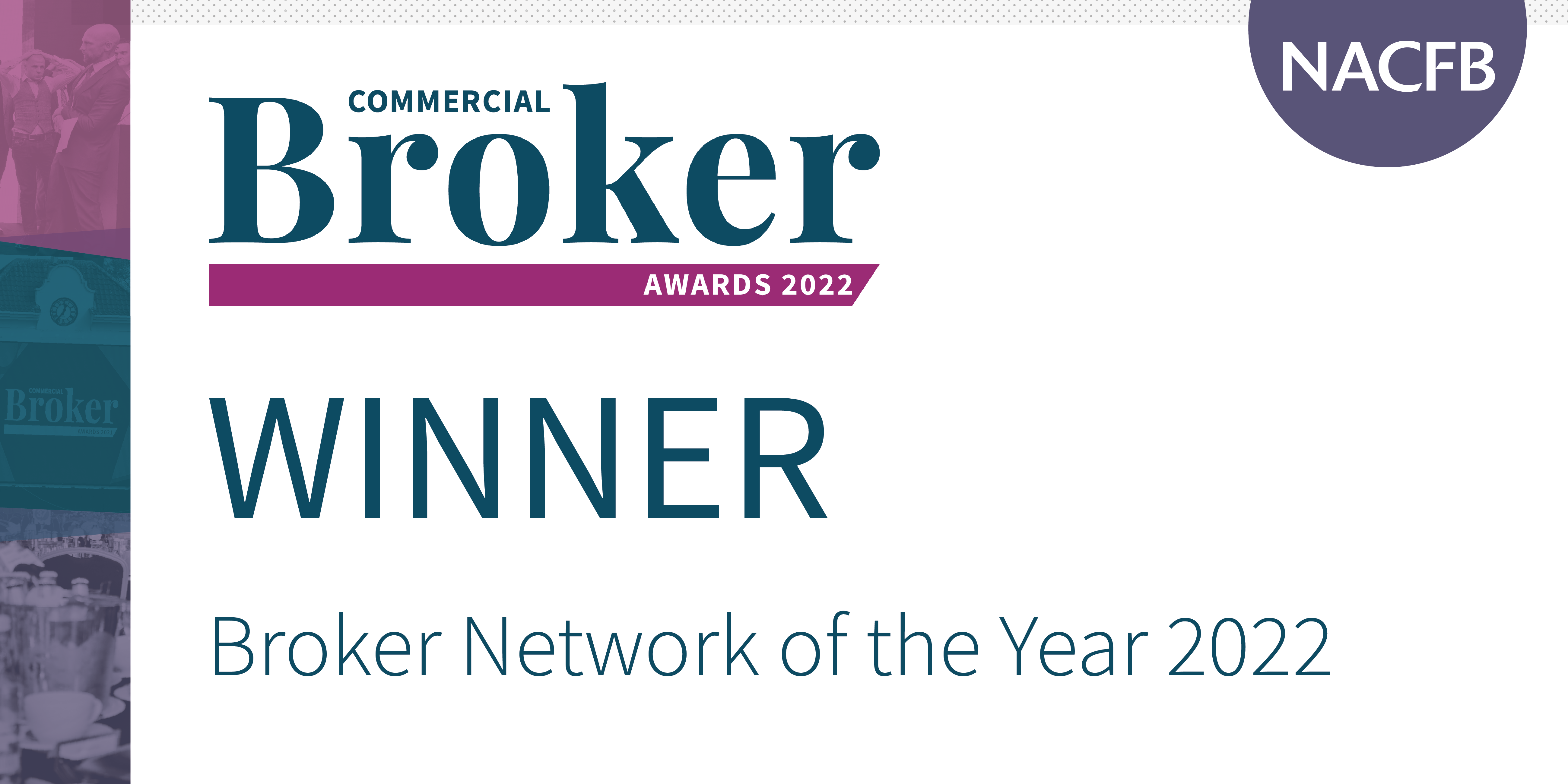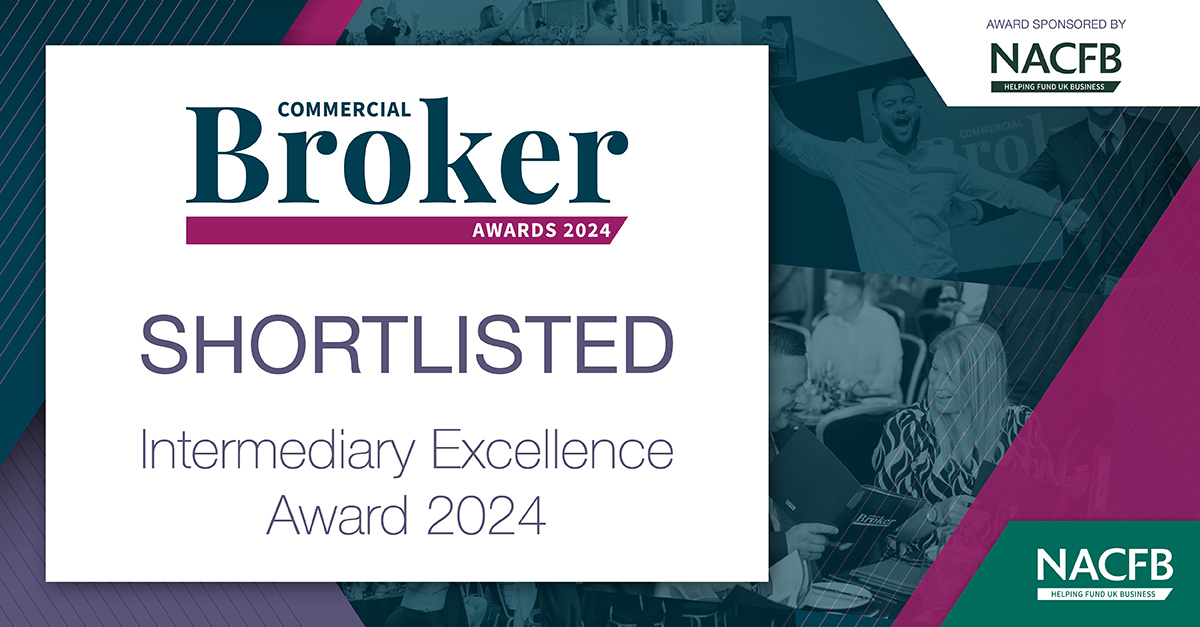Do You Really Need to Recruit?
According to research conducted by the BBC, the average time to recruit is approx. 22.5 days, with the overall process taking between 3- 6 weeks. So, the decision to recruit new staff requires careful consideration as it can be costly and time-consuming. To ensure you hire the right candidate, it is crucial to have a clear idea of the role and skills that your business needs. Set aside some time to think about your current role (and wider team if you have one), and where you/they add value. Many small businesses grow organically, adding on tasks and activities instead of critically appraising the way in which they are done and indeed if they need to be done at all. What activities could you:
- Stop – as they are no longer needed at the stage your business is at.
- Make more efficient – reducing the time or skill needed to do them.
- Move – this could mean you delegating this task or moving it from one team member to another.
What gaps in skills, knowledge or experience do you have? Which tasks now logically sit with a specific role? And given your business plans, what is likely to be the demand for these skills over the next 12- 18 months.
Going through this process can help you decide if you need to recruit and provide you with an estimated timeline. It also gives you a great base for forming a comprehensive job description.
An alternative to recruitment could be using a specific supplier to fulfil a need for example, if you want to create more time to work on deals, could you outsource some of the demand generation to a third party?
Finding The Right Candidate
Having gone through the above process, you should have a clear idea of the tasks that need doing and the time that they will take to do, giving you the basis for writing a solid job description. You can find help and inspiration for job descriptions on recruitment websites such as Reed and Indeed. Both have sections where you can look up a typical role type and view a sample job description for free. You can also look up the average salary, both by role and region of the country, giving you a solid benchmark of salary expectations.
Salary benchmarks are an essential component in the recruitment process. Determining competitive salary ranges not only helps attract top talent but also ensures fair and equitable compensation. By establishing clear salary benchmarks, businesses can align their job offers with market rates, preventing the risk of losing potential candidates due to inadequate compensation.
Remember all candidates have a choice in who they work for and as a smaller company, you will find yourself competing with larger organisations to attract the best talent. Try and think about the total package you can offer, not just salary. This could be a generous holiday allowance or remote or flexible working arrangements, such as the ability to work part time, or from home. In recently conducted research, more than half of all job candidates said the experience they have in their job is just as important as job satisfaction or pay.
If you already have an existing team, where practical, let them know you are hiring, including why and when. Explain any impact it may have on their roles (if any). This approach may help you uncover a candidate already in the organisation and avoid any unnecessary concern about the change.
You may also consider a staff referral scheme, whereby if an existing staff member is able to suggest a candidate that goes on to successfully apply and complete probation, you pay a fee to the individual that made the referral. This can be a cost-effective way of recruiting staff that engages your team in the plans to expand.
Tip: Make sure the terms of the referral scheme are documented in writing and there is a clear method to track candidates and who referred them. Whilst you should not communicate the outcome of the process to the referrer before the candidate, it is good to let them know if the candidate has been successful ahead of announcing it to the wider organisation.
Outside of referrals you could add your job to your website (if you have one) and social via your LinkedIn profile as cost-effective ways of highlighting your vacancy. LinkedIn has a full set of functionalities around recruitment, some of which starts with one free job posting and allows you to pay to promote the role as an additional option.
Tip: If you use the paid LinkedIn functionality it can, depending on your settings, expose your role to a very wide pool of candidates. You can filter out unsuitable candidates by asking up to three qualifying questions as part of the application process. By making your non-negotiables part of these questions you can reduce the number of unsuitable candidates that you attract. For example, if you are unable to support overseas candidates in applying for a visa, you may ask the question ‘Do you have the legal right to live and work in the UK?’ Yes/ No. If the candidate selects no, then you can set up an automatic rejection response to go to the candidate. Setting up the qualifying questions, filters your list of applicants saving you time in reviewing unsuitable candidates.
If your role is proving hard to fill you may consider using a recruitment consultant. It is advisable to seek out agencies that operate locally, as they are likely to have a better understanding of the talent pool in your area. Moreover, opt for an agency that has experience in our industry.
Tip: Ensure you understand the fees associated with using a recruitment agency and the other terms such as payment and what happens should a candidate resign shortly after joining or fails their probation. Some agencies will offer a limited time credit in the event of a candidate leaving in the first 2-3 months.
Should I Advertise the Salary?
Many employers feel wary about advertising the salary for a particular role, concerned that it may create internal tension with existing employees. However, it is worth remembering that sixty-eight percent of candidates interviewed by research house Gartner said they expected to see salary information in job postings, white 64% of candidates said they’d be more likely to apply for a job that listed a salary.
The Interview
Interviews cost time and money for both you and the candidate and in our current cost of living constrained times, do think carefully before inviting a candidate to a face-to-face interview. You may choose to start your process with a phone or teams/zoom interview before making your final selection for face-to-face interviews. It would be reasonable to have up to 5 remote interviews to select 3 face-to-face ones.
To ensure fairness and transparency, you should ask each candidate the same questions and record the answers, this allows you to give constructive feedback at the end of the process. Again, websites like Reed and Indeed have resources that can help you formulate both competency and soft skills questions and we would suggest, formulating the interview around a maximum of 10 of these.
It is vital to keep candidates informed about the progression of their recruitment journey. Maintaining regular and transparent communication throughout the process helps build trust and keeps candidates engaged and motivated. This can be achieved by promptly acknowledging receipt of applications, scheduling regular updates, and providing feedback to candidates after interviews or assessments. By doing so, businesses demonstrate their commitment to an open and inclusive recruitment process, fostering positive candidate experiences and leaving a lasting impression.
Tip: As a business owner you will be proud of your business and may be tempted to spend the interview talking about your company. Try to spend less than 25% of the interview time talking and instead focus on the candidate.
Offer to Onboarding
According to a survey undertaken by Gartner in August 2023 one in two candidates has accepted a job but backed out before starting a new role. The issue of candidates accepting and then ghosting employers is very real at any stage of the recruitment process and lessens the further down the application you go. However, there are still many candidates, that verbally accept but then don’t return the paperwork or accept and go on to become a no show. At best they may inform you prior to the start date that they have received and accepted an alternative offer, or that their circumstances have changed, but there are also cases where the candidate simply does not show up on their expected start date.
You can minimise the chances of this happening to you by:
- Following up on your offer, with the associated documents, in a timely manner
- Setting a realistic and clear deadline for their return
- Asking the candidate to share with you any change in circumstances between now and their start date
One of the main reasons a candidate goes silent is because they are uncomfortable in having what they perceive as being a difficult conversation. If you have been approachable and transparent throughout the recruitment process, it should go some way to minimising this fear.
Where the gap between the acceptance and start date is long, due to holidays or notice periods. Some employers choose to offer an optional keep-in-contact day to the prospective employee, this could be as simple as meeting them for a coffee or inviting them to a company event. Before making such an offer, do consider:
- Does the candidate have a non-compete clause or similar that would make this difficult for them?
- Does the candidate realistically have the time and funds to attend?
- Would the candidate feel unduly pressured by the offer?
- What would be the impact on the business and your team if they were to be a no show?
Beyond the acceptance of an offer and an agreed start date, it is important to plan with regards to onboarding. At the most basic level, this means ensuring they have access to all the systems that they will need and a workspace. Arriving to be greeted by your new manager and /or HR, being issued with your correct equipment and being introduced to the team are great building blocks for a successful new starter.
We also recommend putting together clear probationary objectives and a comprehensive onboarding programme. This should outline your business’s operations, protocols and expectations. Having these guidelines in place not only helps the new starter acclimate quickly, but it also ensures that the expectations are clear from the onset, preventing difficult conversations further down the line.
Summary
Like any major business decision, recruiting new staff for the first time can be daunting but there are lots of free resources available to support you in the process. If you are a member of either the Asset Finance Solutions or Synergy Commercial Finance networks, you can contact us at any time for help and advice.
















